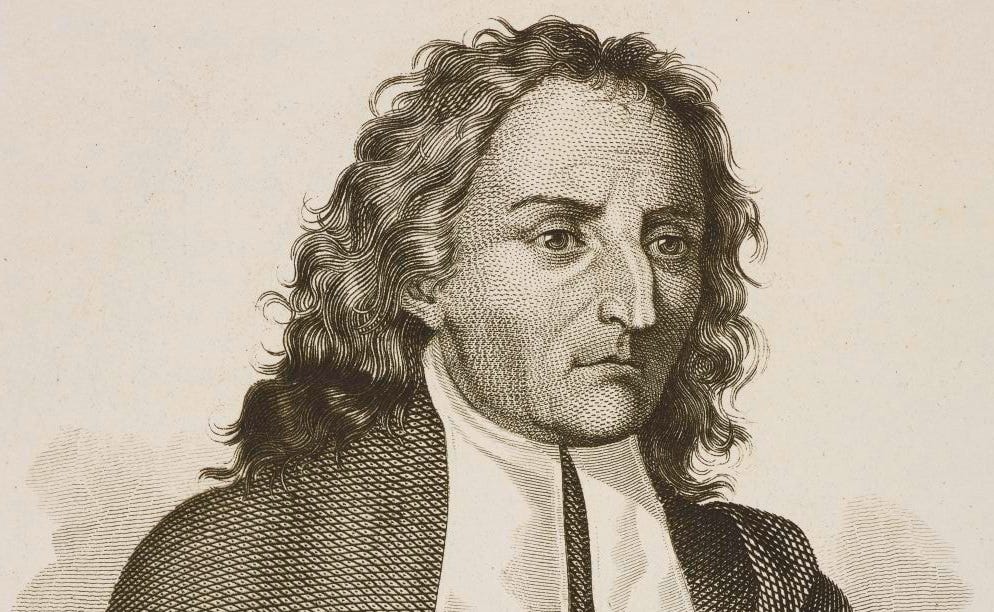The Eternal Return: Giambattista Vico’s Cyclical View of History
Introduction: Déjà Vu in History
Have you ever felt like history is repeating itself, as though humanity is caught in an endless loop of familiar events? Wars, revolutions, renaissances—they all seem to echo the past. This sensation aligns closely with the philosophy of Giambattista Vico, an 18th-century thinker whose "New Science" proposed a radical idea: history unfolds in cycles rather than a straight line of progress.
Vico’s concept of ricorso (the cyclical return) challenges the modern assumption that humanity is constantly advancing. Instead, he suggests that societies move through recurring stages, each with its own characteristics and lessons. In this article, we’ll explore Vico’s groundbreaking work, the three ages of history he identified, and how his ideas provide a fresh lens to understand our present and future.
The Three Ages of History
Vico divided human history into three distinct stages, which he called the Divine Age, the Heroic Age, and the Human Age. These ages form a cycle, repeating as societies rise, flourish, and decline.
1. The Divine Age: The Age of Gods
Key Characteristics: In the Divine Age, humanity is deeply connected to religion and mythology. Early societies explain the mysteries of the world through divine intervention, creating rituals, myths, and sacred laws.
Social Structure: Communities are tribal, governed by priests or spiritual leaders who interpret the will of the gods.
Relevance Today: This age reflects humanity’s earliest attempts to make sense of the world, echoing the spiritual and mystical traditions that persist even in modern times.
2. The Heroic Age: The Age of Warriors
Key Characteristics: As societies grow, power shifts from priests to warriors. Heroes dominate this stage, and social hierarchies become rigid, defined by nobility and valor.
Social Structure: Feudal systems emerge, with a focus on honor, warfare, and territorial expansion. Language takes on a symbolic and poetic form, reflecting the heroic ideals of the time.
Relevance Today: The Heroic Age mirrors the rise of aristocracies and imperial powers, where strength and domination shaped early civilizations.
3. The Human Age: The Age of Reason
Key Characteristics: Eventually, societies enter an age of reason and equality. Rational thought replaces mythology, and democratic systems challenge hierarchical structures.
Social Structure: This age is marked by the development of science, law, and philosophy. Ordinary individuals gain a voice, leading to more egalitarian societies.
Relevance Today: The Human Age reflects the Enlightenment and modern eras, where reason and individualism have reshaped the political and cultural landscape.
Ricorso: The Cyclical Return
Vico’s most provocative idea is that history doesn’t progress indefinitely; instead, it cycles through these three ages. When a society reaches the peak of the Human Age, it risks falling into chaos and barbarism, restarting the cycle.
Why the Cycle Repeats
Crisis of Excess: Rationality and individualism, while empowering, can lead to fragmentation and moral decay. Societies become disconnected from the shared values that once unified them.
Return to Simplicity: In the chaos, humanity turns back to the Divine Age, seeking guidance and order in religion and myth.
Rebirth and Renewal: Each iteration of the cycle brings a new perspective, incorporating lessons from the past while addressing the unique challenges of the present.
Applying Vico’s Ideas Today
Déjà Vu in Modern Times
Consider the cyclical nature of recent history:
Global Crises: Economic collapses, climate change, and political polarization echo the chaos that precedes a societal reset.
Renewed Spirituality: Amid technological dominance, there’s a growing interest in ancient traditions, spirituality, and collective values—hallmarks of a return to the Divine Age.
Progress or Repetition?
Vico’s model challenges the idea that humanity is always moving forward. Instead, he suggests that while technology and knowledge evolve, our fundamental social dynamics remain cyclical. Each age reflects humanity’s struggle to balance reason, power, and faith.
Lessons from Vico: Embracing the Cycles
1. Learn from the Past
History’s cycles are not exact repetitions but variations on themes. Understanding these patterns can help societies avoid repeating past mistakes and prepare for inevitable transitions.
2. Balance Rationality and Myth
Vico highlights the importance of integrating reason with shared myths and values. Rational thought must coexist with a sense of collective purpose to prevent societal fragmentation.
3. Accept Change as a Constant
Rather than resisting the ebb and flow of history, Vico invites us to embrace it. Each cycle offers new opportunities for growth and renewal.
Conclusion: Unlocking the Human Story
Giambattista Vico’s "New Science" provides a compelling framework for understanding history as a cyclical narrative rather than a straight line of progress. By recognizing the Divine, Heroic, and Human Ages in our past and present, we gain profound insights into the forces shaping our world.
As we navigate today’s challenges—polarization, environmental crises, and technological transformation—Vico’s philosophy offers a timely reminder: progress is not linear, but understanding history’s cycles can guide us toward a more balanced and resilient future.
What do you think about Vico’s idea of history as a cycle? Do you see patterns of ricorso in today’s world? Share your thoughts in the comments, and don’t forget to like, share, and subscribe for more deep dives into philosophy and history!



